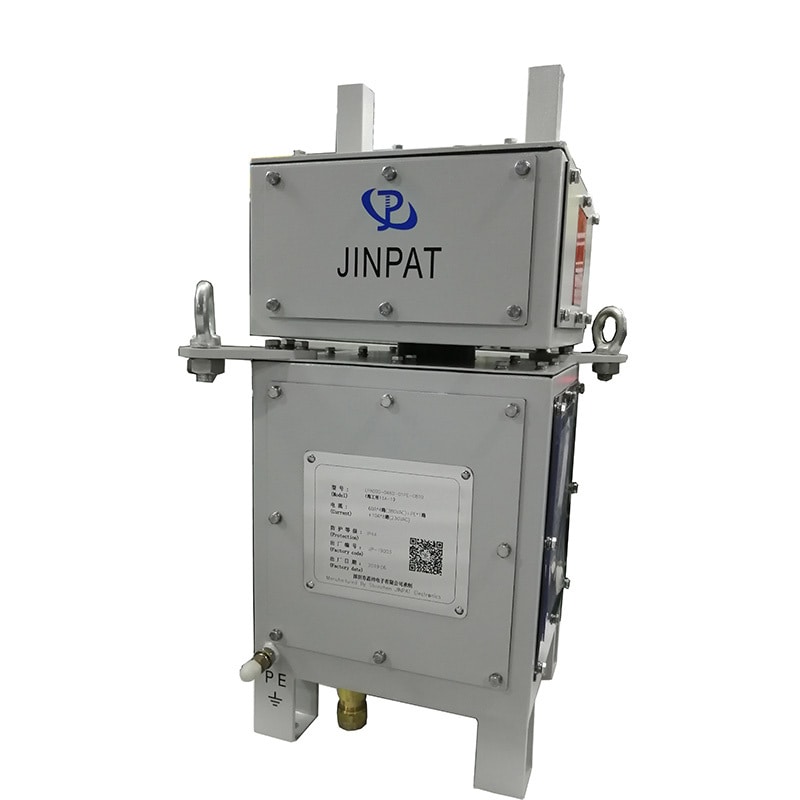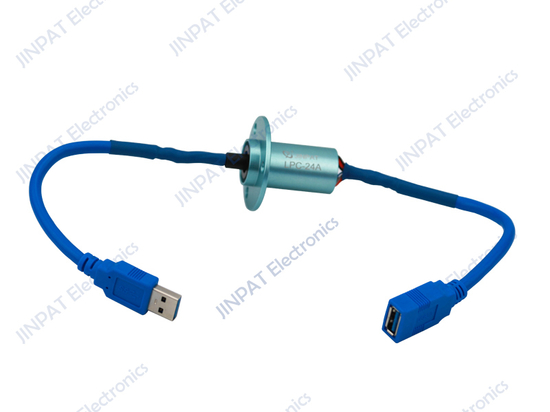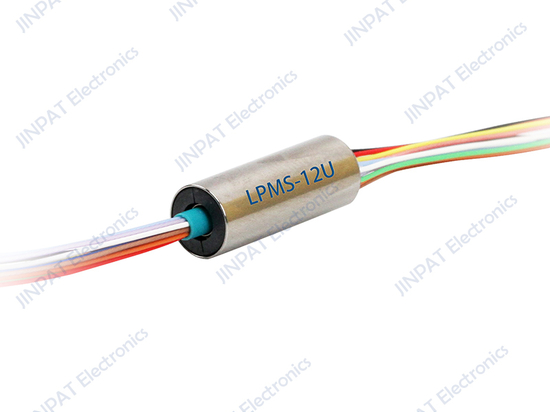
#Industry News
JINPAT Offshore Crane Slip Ring Technology and New Model Product Introduction
JINPAT Offshore Crane Slip Ring Technology and New Model Product Introduction
Offshore cranes are vital equipment in marine engineering and are typically installed on large-tonnage specialized construction vessels and other specialized platforms. Compared to land-based cranes, offshore cranes have higher power output and stronger lifting capacity. Unlike land-based cranes that often use hydraulic equipment, most offshore cranes require high-power motors to support the hoisting and lowering of steel cables. Therefore, a slip ring with high power and signal transmission capability is typically integrated at the rotating center of the offshore crane.
To transmit higher power, the slip rings used in offshore cranes differ from ordinary low-current slip rings. Firstly, carbon brushes are used in the slip rings of offshore cranes instead of the wire brushes used in low-current slip rings, allowing for contact with the copper ring. Additionally, the structure of the slip rings in offshore cranes is often designed in an overhead style to facilitate dry heat dissipation. In the slip rings developed by JINPAT for offshore cranes, some models even integrate heat dissipators. These heat dissipators operate under the control of temperature sensors, activating when the internal temperature of the slip ring exceeds the set value, ensuring the normal operation of the offshore crane in high-temperature environments.
JINPAT not only integrates heat dissipators into slip rings for operation in high-temperature environments but also integrates heaters into slip rings for operation in cold regions. The operation principle of the heater is similar to that of the heat dissipator, also controlled by a temperature controller. However, temperature control devices typically use lower voltages and are usually powered from within the slip ring. Therefore, in most cases, the slip rings developed by JINPAT for offshore cranes are integrated products that combine high-power and low-power modules. The high-power module is responsible for supplying power to the hoisting cable motor, while the low-power module is used for signal transmission and providing power to the temperature control devices inside the slip ring and other auxiliary equipment on the crane.
Taking the recently developed slip ring model IPA000-04600-01PF-0410-1005 by JINPAT as an example, this product is a typical dual-module slip ring combining high-power and low-power functions. The 4 channels of 600A and 1 grounding channel belong to the high-power module, while the low-power circuit is a separately installed hollow shaft slip ring. This model of slip ring adopts the classic design of high-current offshore crane slip rings by JINPAT in both internal and external structures. The rotor and stator are housed in separate upper and lower enclosures, and multiple maintenance windows or observation windows are provided. Additionally, the slip ring is equipped with PG connectors and incorporates some simple protective measures at the component connections, achieving a relatively high protection level of IP44.





